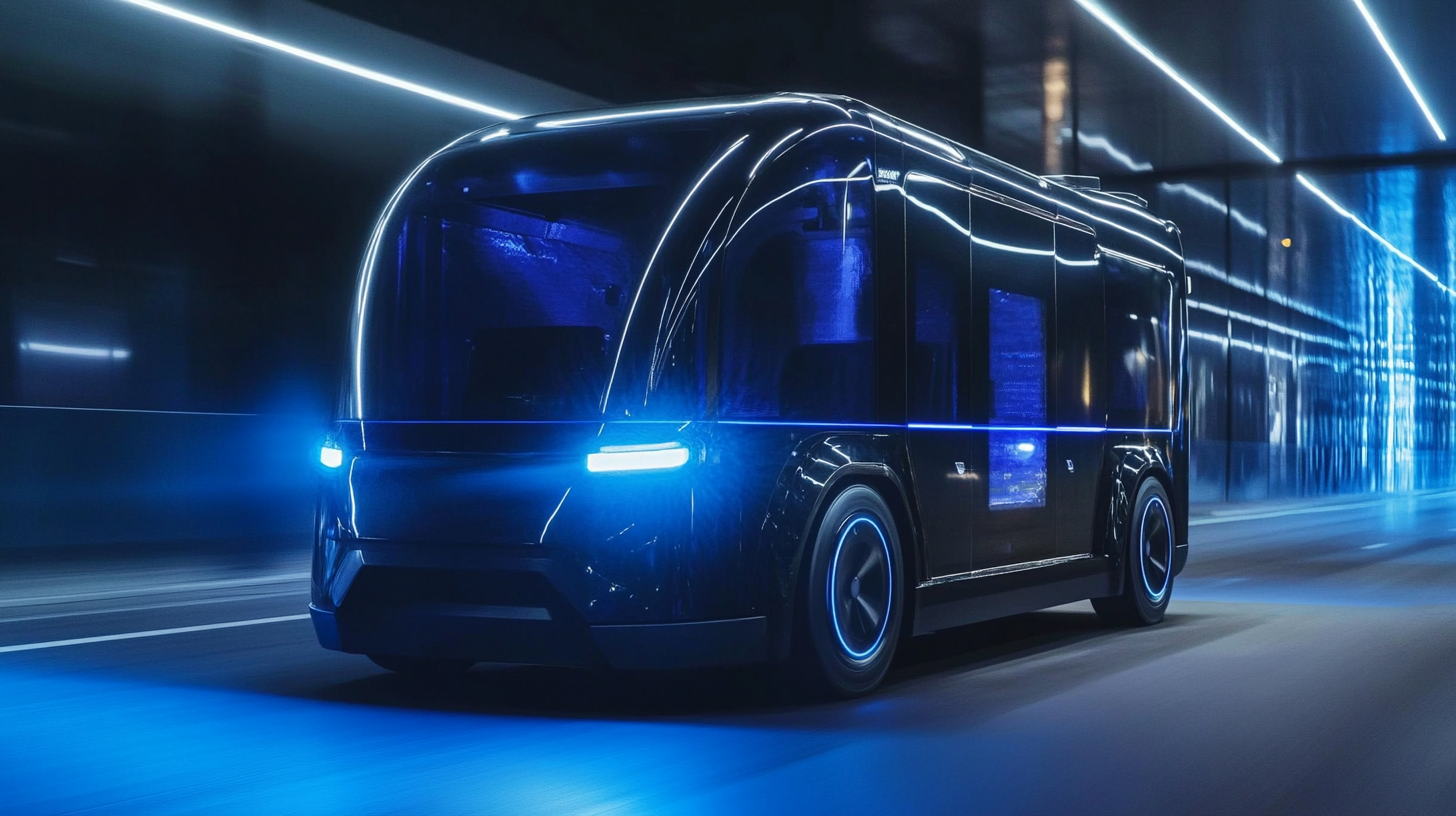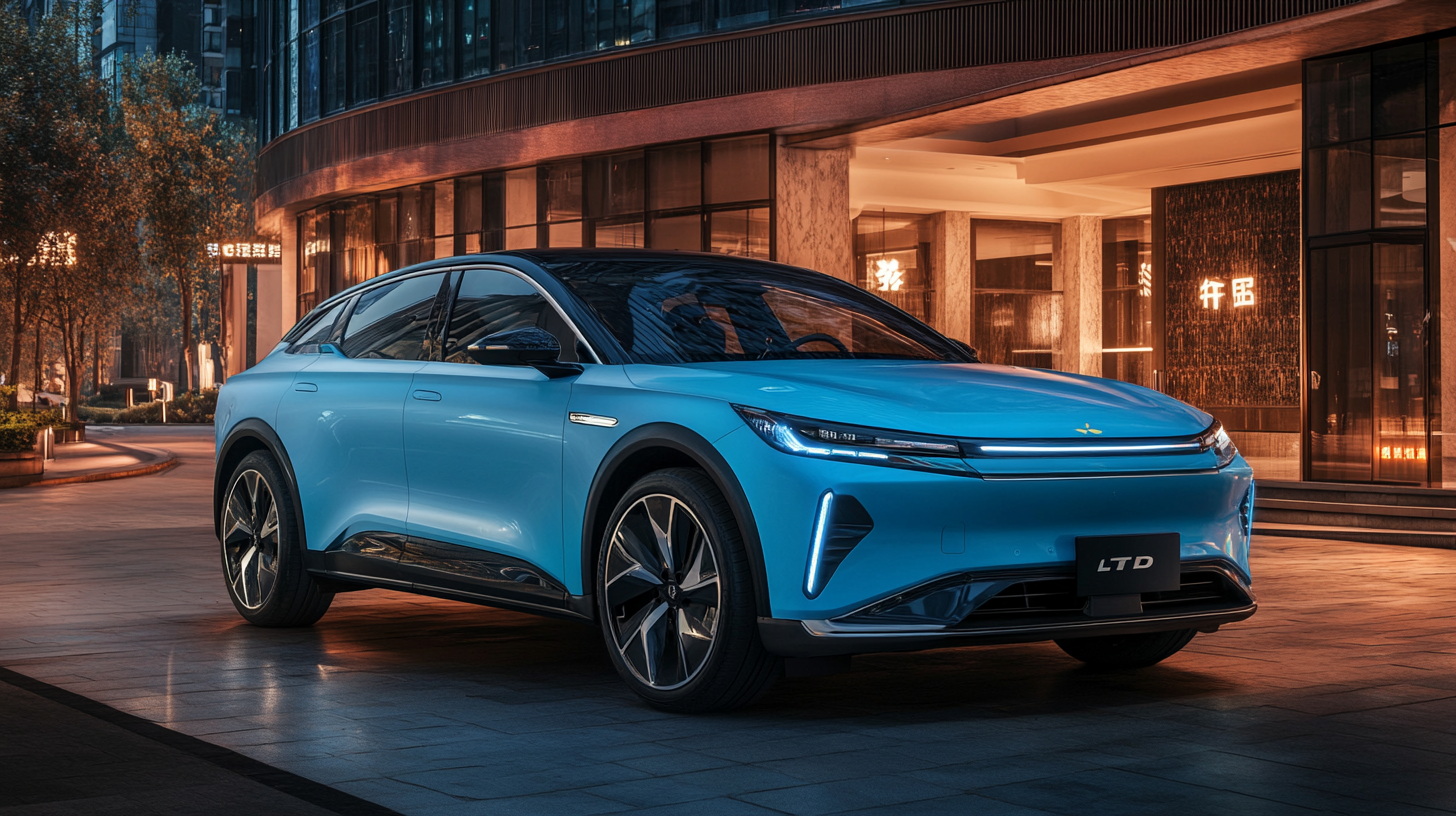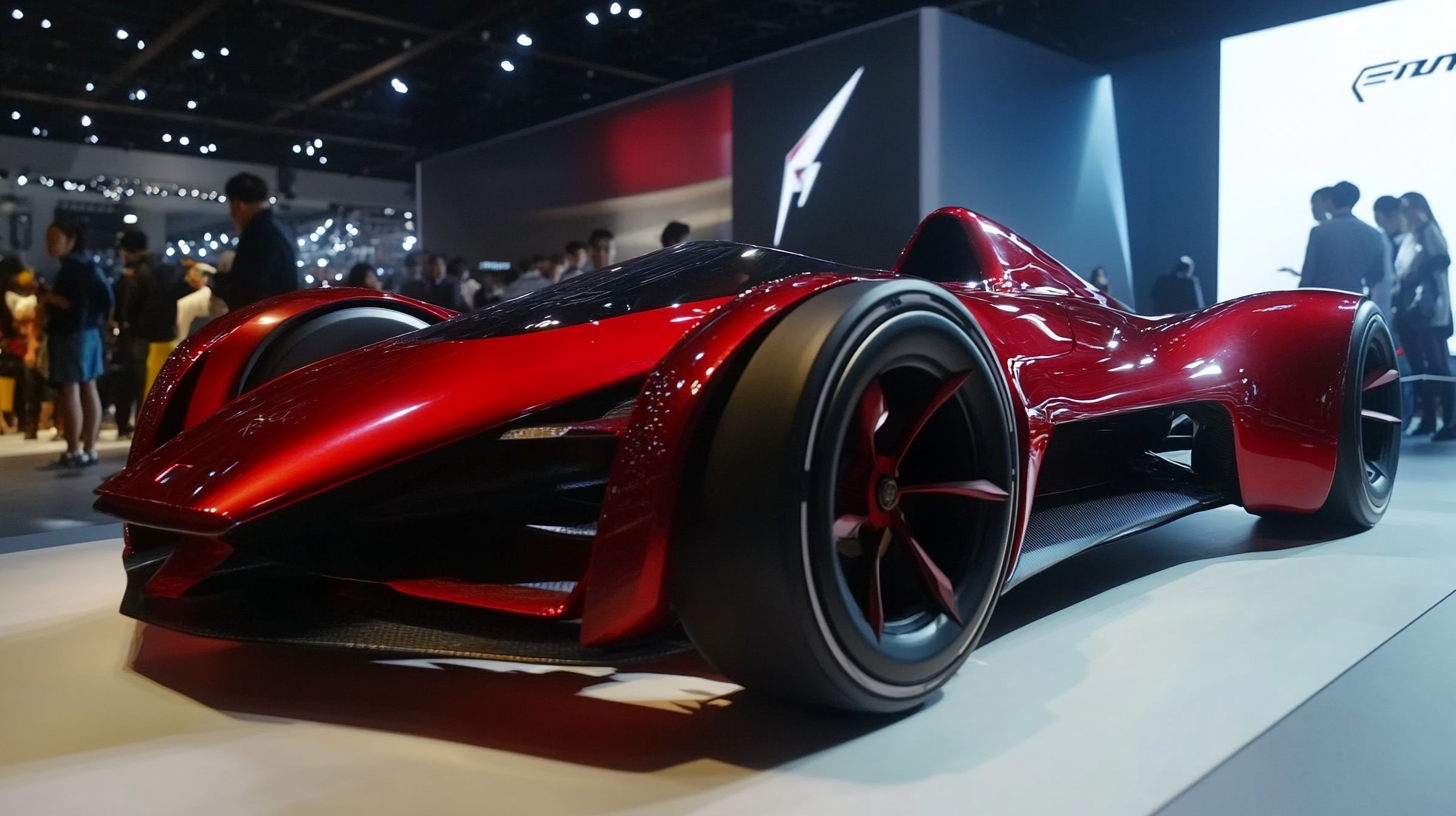Leave Your Message
In the face of escalating trade tensions and tariffs between the United States and China, the Chinese manufacturing sector has demonstrated remarkable resilience. A recent report by the International Monetary Fund highlights that despite a challenging global economic environment, China's manufacturing output grew by 5.9% in the last fiscal year. Among the standout performers in this sector is the BYD Formula Leopard 5, which has successfully navigated the complexities of the tariff landscape. This electric vehicle not only embodies China's commitment to innovation and sustainability but also showcases its ability to thrive amidst adversity. The automobile industry, particularly electric vehicles, is expected to continue expanding, with a projected growth rate of 18% annually through 2025 according to industry analysts. As manufacturers adapt to the new normal of heightened tariffs and global competition, the BYD Formula Leopard 5 stands as a testament to the agility and forward-thinking nature of China's manufacturing capabilities.

The ongoing US-China trade tensions have undoubtedly reshaped global manufacturing dynamics, with tariffs influencing supply chain strategies across various sectors. According to a report by the McKinsey Global Institute, the trade war has stoked a shift in global manufacturing, prompting companies to reconsider their production locations. In 2021, around 40% of multinational companies reported diversifying their supply chains, primarily moving manufacturing to countries like Vietnam and Mexico to mitigate the impact of tariffs. This trend illustrates how deeply interconnected global trade ecosystems are adjusting to geopolitical realities.
Within this turbulent landscape, firms like Best Byd are showcasing resilience through innovation and strategic positioning. The manufacturing sector, particularly in China, has demonstrated a surprising capacity to adapt; reports indicate that China’s manufacturing growth rebounded by 6.2% in mid-2022 following earlier contractions. Best Byd Formula Leopard 5, as a case study, highlights how advanced manufacturing techniques and a focus on localization have enabled firms to reduce costs and improve lead times despite tariff pressures. These strategies are critical as companies navigate the complexities induced by evolving tariffs and an unpredictable market environment.
In the face of rising US-China tariff challenges, the Best Byd Formula Leopard 5 exemplifies how innovation and resilience can redefine manufacturing success. This case study highlights the strategic adaptability of this vehicle, combining advanced engineering with a keen understanding of market demands. By leveraging cutting-edge technologies and a robust supply chain, Best Byd has cultivated a product that not only meets stringent performance standards but also addresses the needs of a diverse consumer base.
The Leopard 5 stands as a symbol of Byd's commitment to sustainability and forward-thinking design. With its emphasis on electric powertrains and eco-friendly materials, the vehicle demonstrates how manufacturers can thrive even in difficult economic landscapes. By prioritizing research and development, and fostering a culture of innovation, Byd has effectively navigated tariff pressures while setting new benchmarks in the automotive industry. This resilience ultimately mirrors broader trends within China's manufacturing sector, showcasing the potential for growth and competitiveness despite external challenges.

In the face of escalating US-China trade tensions, Chinese manufacturers, including leaders like Best Byd Formula Leopard 5, have developed innovative strategies to navigate tariff impacts. According to the China Ministry of Industry and Information Technology, manufacturing output has shown resilience, growing by over 8% in 2023 despite external pressures. A significant factor in this growth has been the adept use of advanced technology and automation, allowing companies to streamline production while minimizing costs.
Moreover, Chinese manufacturers are increasingly diversifying their supply chains to mitigate risks associated with tariffs. A report from Deloitte highlights that over 60% of Chinese companies have sought alternative sourcing options, which has led to a more localized supply chain. This strategy not only helps in reducing dependency on foreign suppliers but also enhances the agility of manufacturers to adapt to changing market conditions. By adopting such proactive measures, companies like Best Byd Formula Leopard 5 are not just surviving but thriving, turning challenges into opportunities for growth in the competitive landscape.
| Dimension | Data |
|---|---|
| Annual Revenue (2022) | $5 Billion |
| Market Share in China | 25% |
| Export Growth Rate (2022) | 15% |
| Number of Employees | 8,000 |
| R&D Investment (% of Revenue) | 7% |
| Tariff Impact Reduction Strategies | Local Sourcing and Diversification |
| Main Export Markets | Southeast Asia, Europe, Latin America |
| Customer Satisfaction Rate | 92% |
In the face of escalating US-China trade tensions, China's manufacturing sector has demonstrated remarkable resilience, particularly through the innovative strategies adopted by companies like Best Byd. A key component of this success lies in the integration of advanced technologies. According to a report by the China Academy of Information and Communications Technology (CAICT), the adoption of artificial intelligence (AI) and automation in manufacturing processes has increased productivity by over 30%, allowing companies to remain competitive despite tariffs. This technological advancement not only streamlines production but also significantly reduces operational costs, thereby enhancing profit margins.
Furthermore, data from McKinsey suggests that the rapid evolution of smart manufacturing is transforming traditional supply chains into more flexible and responsive networks. With over 65% of manufacturers in China investing in advanced manufacturing technologies, firms are better equipped to adapt to market fluctuations. The incorporation of Internet of Things (IoT) technologies also allows for real-time data analytics, which facilitates informed decision-making and improves resource allocation. Thus, technology not only serves as a buffer against economic pressures but also as a catalyst for growth in the manufacturing landscape, exemplifying how adaptability can lead to sustained success in challenging times.

The competitive landscape of Chinese manufacturing continues to evolve, particularly as the nation adapts to external pressures, such as tariffs imposed by the US. The resilience seen in the industry, especially in sectors like industrial robotics, highlights a strategic response to these challenges. In 2023, China produced nearly 430,000 industrial robots, commanding a significant 51% of the global market share. This impressive output not only underscores China's manufacturing capability but also indicates a shift towards higher-value production, allowing the sector to maintain its competitive edge amidst geopolitical tensions.
Looking forward, the focus on innovation and advanced technologies becomes crucial for sustaining this edge. Initiatives like the "New Quality Productive Forces" emphasize the development of artificial intelligence and electric vehicles as key drivers for economic growth. As China embarks on ambitious projects including large-scale autonomous vehicle trials, it continues to signal its commitment to modernization and technological supremacy. By leveraging its extensive manufacturing base and rapidly advancing technologies, China is well-positioned to remain a formidable player on the global stage, further challenging narratives of decline in its manufacturing prowess.
